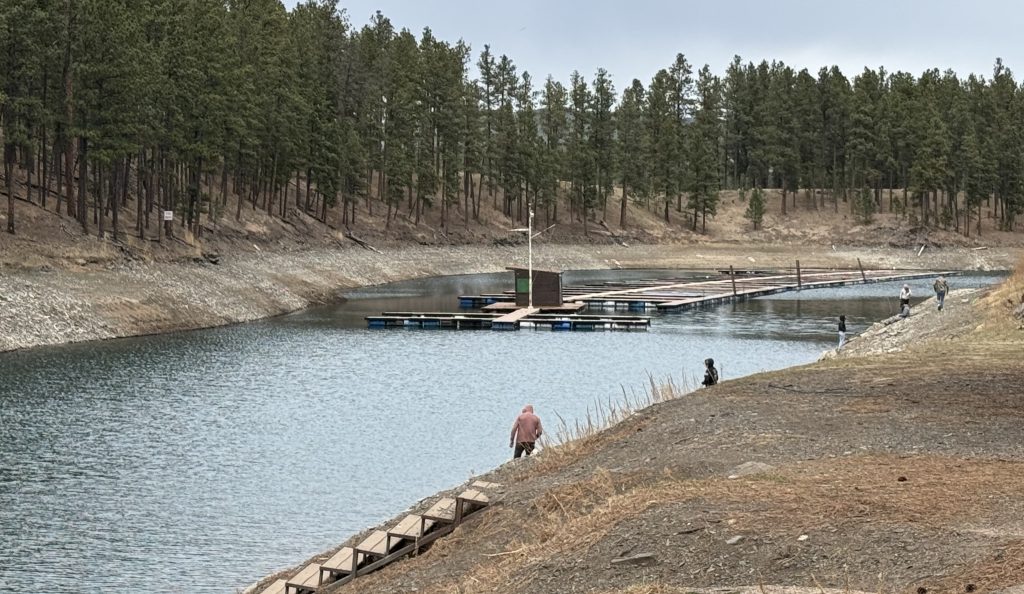RAPID CITY, S.D. – A recent U.S. Geological Service study of six bedrock aquifers in the Black Hills revealed that water sources are not recharging fast enough to accommodate the growing population. The shortages were most evident in aquifers that serve the fastest-growing, most populated section of the Black Hills roughly from Box Elder through Rapid City and Summerset east to Sturgis.
The findings are yet another sign that water supplies may not meet the need in western South Dakota in the coming years. A 2019 water study by South Dakota Mines showed that the Black Hills region could come up short on water during a drought.
The USGS report, however, shows a water deficit is occurring even in non-drought periods in the fastest-growing areas of the region.
The USGS report is seen by some as more evidence of the need for a 161-mile pipeline from the Missouri River to dozens of western South Dakota communities. The estimated $2 billion pipeline project is under study and could take two decades or more to complete even if funding is in place. The project has the support of a new nonprofit organization that has formed to support it, and has been endorsed by the South Dakota congressional delegation.
The pipeline proposal has so far received more than $10 million in state and federal funding to undergo feasibility studies, which are now underway.





